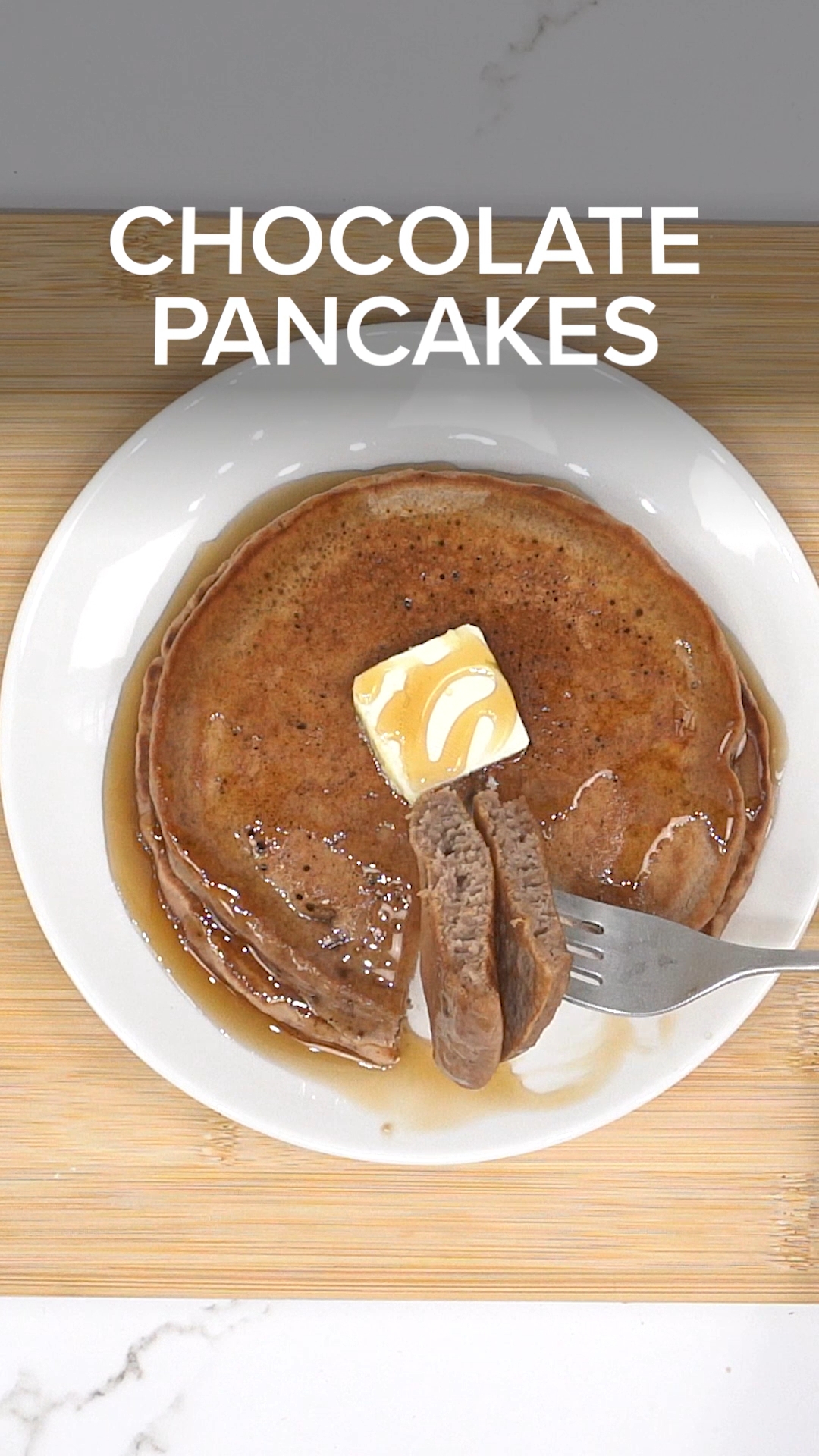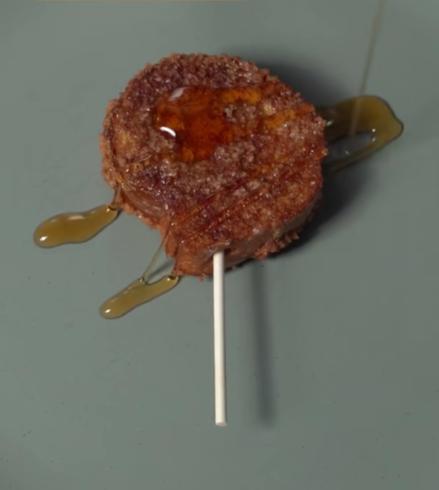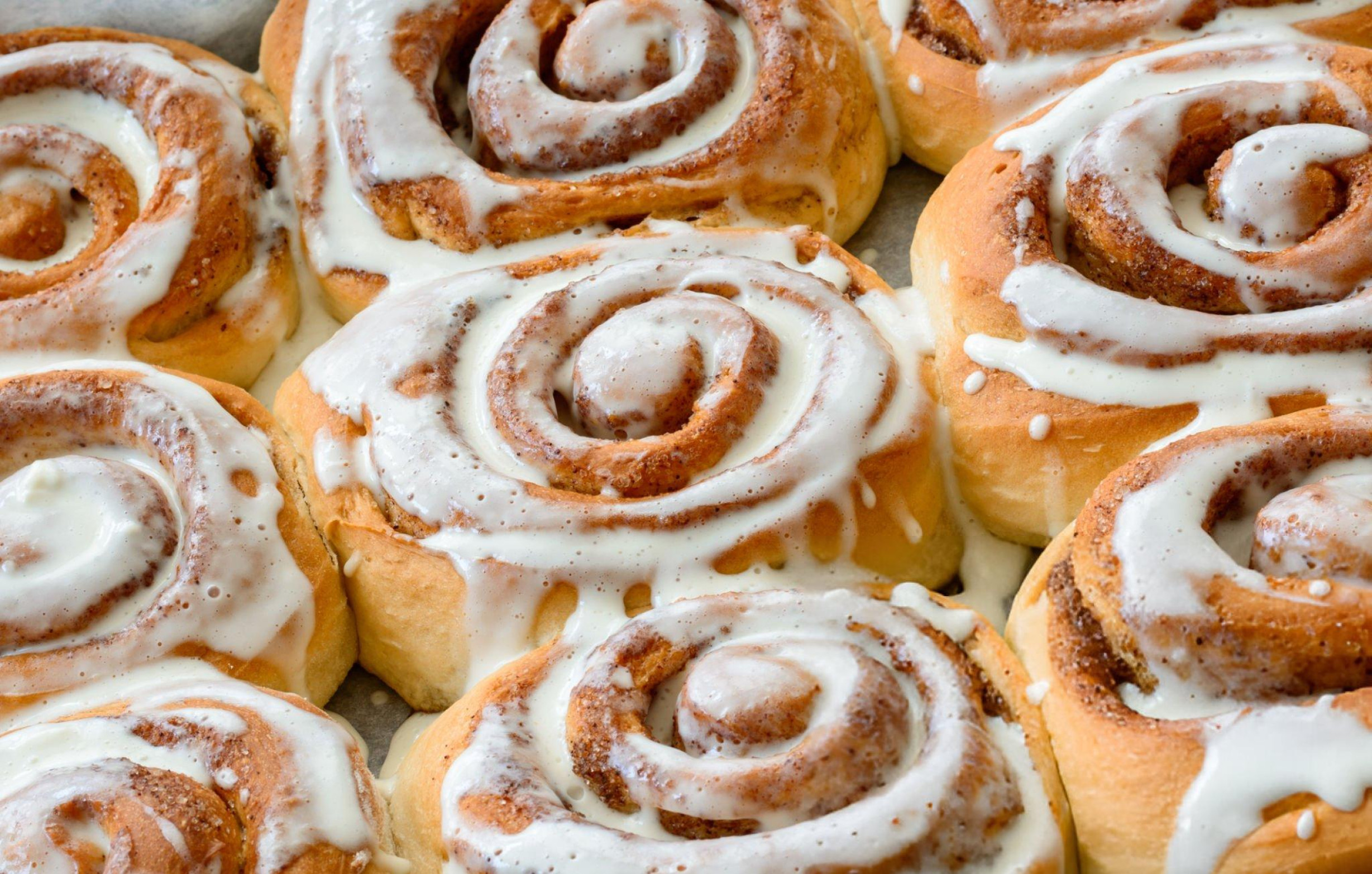Easy Chocolate Pancakes: The Perfect Breakfast Treat Made on Your Griddle
Chocolate for breakfast isn’t just a dream – it’s a delicious reality when you make these easy chocolate pancakes on your griddle or stovetop. By combining pancake mix with brownie mix, you create fluffy, chocolatey pancakes that taste like dessert but work perfectly for weekend breakfasts or special occasion mornings. The beauty of this recipe lies in its simplicity: just a few pantry staples and about 10 minutes of cooking time stand between you and restaurant-quality chocolate pancakes. Using a griddle for pancake cooking provides the even heat and ample cooking surface that makes breakfast for the family quick and efficient. Whether you’re using an electric griddle, stovetop griddle, or even a large skillet, this recipe delivers consistent results that will have everyone asking for seconds. The combination of pancake and brownie mixes creates the ideal texture – fluffy like traditional pancakes but with rich chocolate flavor throughout. Why This Recipe Works So Well The genius of combining pancake mix with brownie mix creates a flavor and texture that neither mix achieves alone. Pancake mix provides the structure and fluffiness expected from good pancakes, while brownie mix adds deep chocolate flavor and slight richness that makes these pancakes special. Convenience factor makes this recipe perfect for busy mornings when you want something special without complicated preparation. Using pre-made mixes eliminates the need to measure multiple dry ingredients while ensuring consistent results every time you make them. Quick preparation means you can go from pantry to plate in about 15 minutes total. Mix the batter, heat your griddle, and cook – no lengthy prep work or special equipment required beyond basic kitchen tools. Customizable sweetness lets you control how dessert-like these pancakes become. The brownie mix adds sweetness, but you can adjust the amount or choose different brownie mix varieties to match your family’s preferences. Kid-approved flavor makes these pancakes an easy win for family breakfasts. Children who might resist plain pancakes often eagerly eat chocolate ones, making morning meals more enjoyable for everyone. Scalable recipe accommodates different family sizes easily. Double or triple the ingredients for large gatherings, or make the base recipe for smaller families with minimal waste. Choosing the Right Ingredients Simple ingredients make these chocolate pancakes accessible to everyone, but selecting quality mixes and fresh additions ensures the best possible results for your breakfast table. Pancake Mix Selection: Any complete pancake mix works for this recipe – brands that only require adding water are ideal. Buttermilk pancake mixes create especially fluffy results, while whole grain options add nutritional value if desired. Brownie Mix Choice: Standard brownie mix provides the chocolate flavor this recipe needs. Fudge brownie mixes create richer, more intense chocolate taste, while cake-style brownie mixes produce lighter chocolate flavor. Avoid mixes that include chocolate chips or other add-ins that might affect batter consistency. Water Quality: Since water comprises most of the liquid in this recipe, using filtered water can improve taste, especially in areas with heavily treated tap water. Room temperature water mixes more easily than cold water straight from the tap. Egg Freshness: Fresh eggs provide better binding and help create fluffier pancakes. Room temperature eggs incorporate into batter more smoothly than cold eggs directly from the refrigerator. Optional Add-Ins: Consider chocolate chips, vanilla extract, or a pinch of cinnamon to enhance flavor. These additions customize the basic recipe while maintaining its simplicity. Ingredients You’ll Need Dry Ingredients: Wet Ingredients: For Serving: Step-by-Step Preparation Technique Success with chocolate pancakes comes from proper mixing technique and griddle temperature management. Following these steps ensures fluffy, evenly cooked pancakes every time. Mixing the Batter: Pour 1 and 3/4 cups of pancake mix and 1/4 cup of brownie mix into a large mixing bowl. The ratio heavily favors pancake mix to maintain proper texture while adding enough brownie mix for chocolate flavor. Adding Wet Ingredients: Add 1 and 1/2 cups of water and 1 egg to the bowl with the dry mixes. The egg provides structure and helps bind the ingredients while adding richness to the final pancakes. Combining Ingredients: Stir the mixture together using a whisk or large spoon until just combined. The batter should remain slightly lumpy – overmixing develops gluten that creates tough, chewy pancakes instead of light, fluffy ones. Small lumps are fine and will disappear during cooking. Resting the Batter: Let the batter rest for 2-3 minutes while your griddle preheats. This brief rest allows the pancake mix to hydrate fully, resulting in better texture and easier cooking. Griddle Preparation: Preheat your griddle or large skillet over medium heat. Test readiness by sprinkling a few drops of water on the surface – they should sizzle and evaporate quickly when the griddle reaches proper temperature. Greasing the Surface: Lightly grease the griddle with butter, cooking spray, or a thin layer of oil. Use just enough to prevent sticking without creating greasy pancakes that absorb excess fat. Pouring the Batter: Pour the chocolate pancake batter onto the preheated griddle using a 1/4 cup measuring cup or ladle for consistent sizing. Leave adequate space between pancakes to allow for spreading and easy flipping. Cooking the First Side: Cook pancakes for 3-5 minutes on the first side. Watch for bubbles to form across the entire surface and for edges to look set and slightly dry. The bottom should be completely cooked and golden brown before flipping. Flipping Technique: Use a wide spatula to flip pancakes in one smooth motion. Slide the spatula completely under the pancake before flipping to prevent tearing or folding. The cooked side should show even browning with no raw batter. Cooking the Second Side: Cook for an additional 2-3 minutes on the second side. The second side typically cooks faster than the first since the griddle is fully heated and the pancake is partially cooked through. Checking Doneness: Pancakes are done when both sides are golden brown and the center feels firm when gently pressed. If unsure, you can insert a toothpick in the center – it should come out clean without



